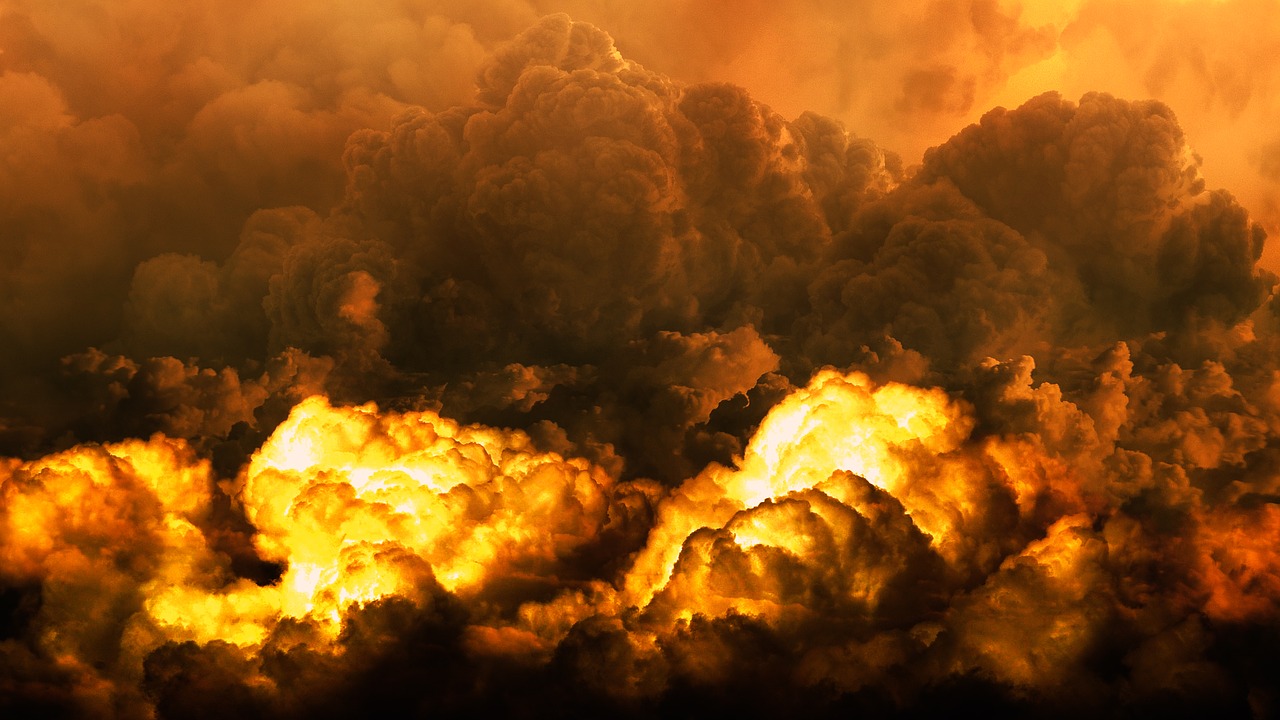Is it possible to survive a war that involves the use of nuclear weapons? Up to what distance from the affected places would one be at risk of life? Is human extinction really possible in the event of atomic warfare?
While the recent threats of one superpower make all of us wonder the same questions, in 2018, Prof. Brian Toon, who specializes in ocean and atmospheric sciences and student of Carl Sagan, answered them.
Hiroshima and Nagasaki: two cities still inhabited
We all know about the two and only atomic bombs dropped on a civilian population, in Hiroshima and Nagasaki precisely, two cities that since have been rebuilt and have continued to be inhabited.
Although a nuclear attack is an event of enormous magnitude with enormous destructive power, it would make sense to believe that, after all, net of a possibly large number of victims in the immediate future and many more in the following weeks in the areas adjacent to the explosion, the consequences of a nuclear attack would still be limited.
Nuclear bombs of yesterday and today
In his explanation, Toon points out that the current nuclear bombs available to various nations are not only more numerous but up to hundreds, if not thousands, of times more powerful than those dropped in Japan in 1945.
Furthermore, for the purpose of dissuasion and deterrence but still raising the bar of destruction, the nuclear programs of many nations, primarily the US and Russia, provide for a massive and automatic response to a possible nuclear attack.
So compared to the Second World War the explosions would be many more and more powerful too.
What damage would a nuclear explosion cause?
Prof Toon illustrates in his speech how in fact the damage of the explosion itself would be limited: depending on the power of the bombs there would be a certain radius of immediate total destruction, a greater radius of dazzling light and heat that would cause fatal burns and finally, a rather extensive radioactive fallout area that would cause the death of the exposed people over the next few weeks, amidst rather excruciating pain. Basically, if you have to die from an atomic attack, being annihilated at the center of the explosion is perhaps the most painless solution.
The damage of a single explosion would therefore have the potential to cause many deaths if this occurred in an inhabited area and would cause direct and indirect damage over a large area, but we remain in the context of local damage.
What then would be the risk for humanity?
The risks are basically 4:
- direct explosions,
- radiations,
- dust,
- nuclear winter.
What would be the damage to the parts of the planet distant from the point of the explosion?
In the first place, for the reasons already set out, it is difficult that in the event of a nuclear attack the bomb dropped is only one and in only one point. The most probable scenario is that of a series of more or less close explosions in an area more or less circumscribed, let’s say the territory of 2 nations.
The simulation shown by Prof. Toon presents the case of a nuclear war between India and Pakistan, two nations that for decades have been on the verge of a nuclear conflict, both equipped with bombs that are not particularly powerful compared to the average of the world’s arsenals.
The launch exchange between these two countries would be enough to raise in a few days a cloud of dust that would cover a large part of the earth’s surface at high enough altitudes so as not to have the formation of rain and therefore precipitation capable of bringing these dust back to the ground, which would remain in suspension for years.
During this period, the reduced amount of sunlight would make the survival of most plant species very difficult and agriculture almost impossible or minimally profitable. At the same time, the average temperature of the earth would drop dramatically, making food production even more complex.
Therefore it would be of little use to have a bunker in which to take refuge or to live in a nation very far from the war events. An atomic war does not foresee winners and it is difficult to say that those who survive the explosions can consider themselves lucky.
If until today, despite the enormous arsenals produced, we have not yet started a nuclear apocalypse, it is because the emotional impact of Hiroshima and Nagasaki is still alive and the commitment of scientists and activists in raising awareness of populations and political representatives on the theme has been strong and constant. Toon himself together with Sagan and others explained these very concepts to Gorbachev and Reagan who, as Toon himself recalls, listened.
Since then decades have passed and the memory is becoming less and less strong, attention is increasingly shifted to something else and we risk ending up thinking that, after all, a nuclear holocaust is not really possible.
During these days of a war scenario that for years could have been avoided with diplomacy and common sense, witnessing the serious threats in this sense by one of the two major nuclear powers combined with the anything-but-serious reaction of the referents to whom these threats are addressed, we get the measure of how, after all, humanity struggles to learn the lessons taught by history and therefore how mass suicide is still a more than plausible destiny for our species.

